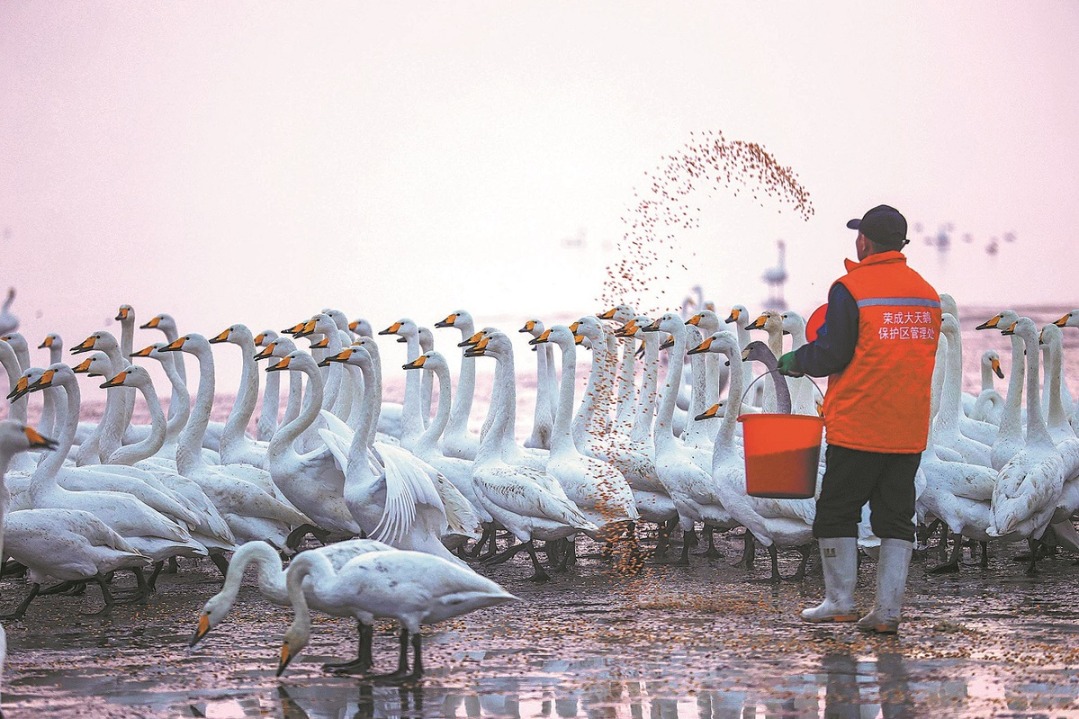Agroforest vital for rare small apes
Skywalker gibbons display unexpected adaptability to environmental changes


Tailored conservation
The impact of black cardamom cultivation on Skywalker hoolock gibbons is multifaceted, Fan said. While it alters forest structure and potentially affects the gibbons' activities and dispersion, it also serves as a protective measure against more destructive land-use practices such as slash-and-burn agriculture or logging.
"We long for improved habitats for the gibbons, while also wishing for the local people to have sustainable livelihoods," Fan said.
"So I think we should treat the caoguo forests with a more optimistic mindset. They are not perfect, but they still provide the opportunity for a harmonious coexistence between the gibbons and humans."
As a result, the researcher suggests that compared to felled forests for farming lands, agroforestry practices in secondary forests should be encouraged to minimize impacts on forest structure and protect the integrity of collective forests, providing a sustainable habitat for the gibbons and other forest animals.
"In the collective forests, we suggest preserving or planting tree species preferred by the gibbons to support their foraging habits," he said.
Additionally, he suggested raising conservation awareness among local residents through environmental education, making them active participants in ecological preservation.
chenliang@chinadaily.com.cn
























